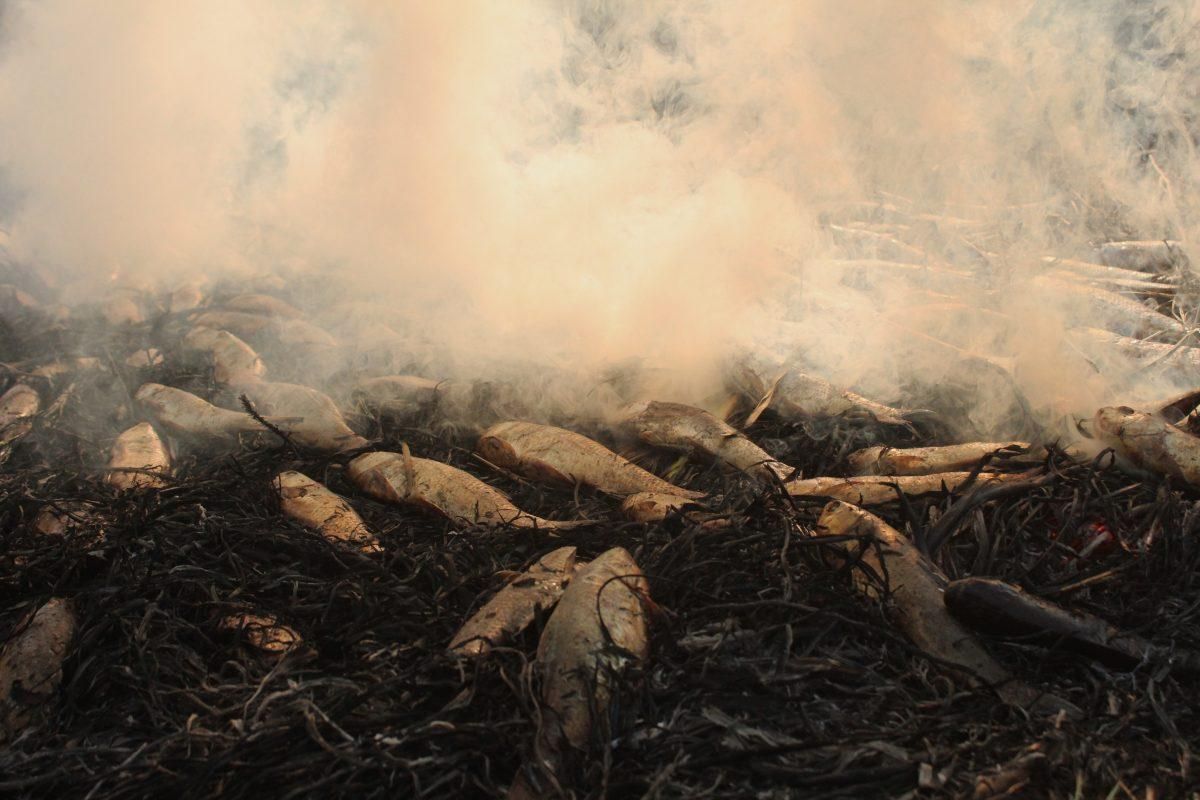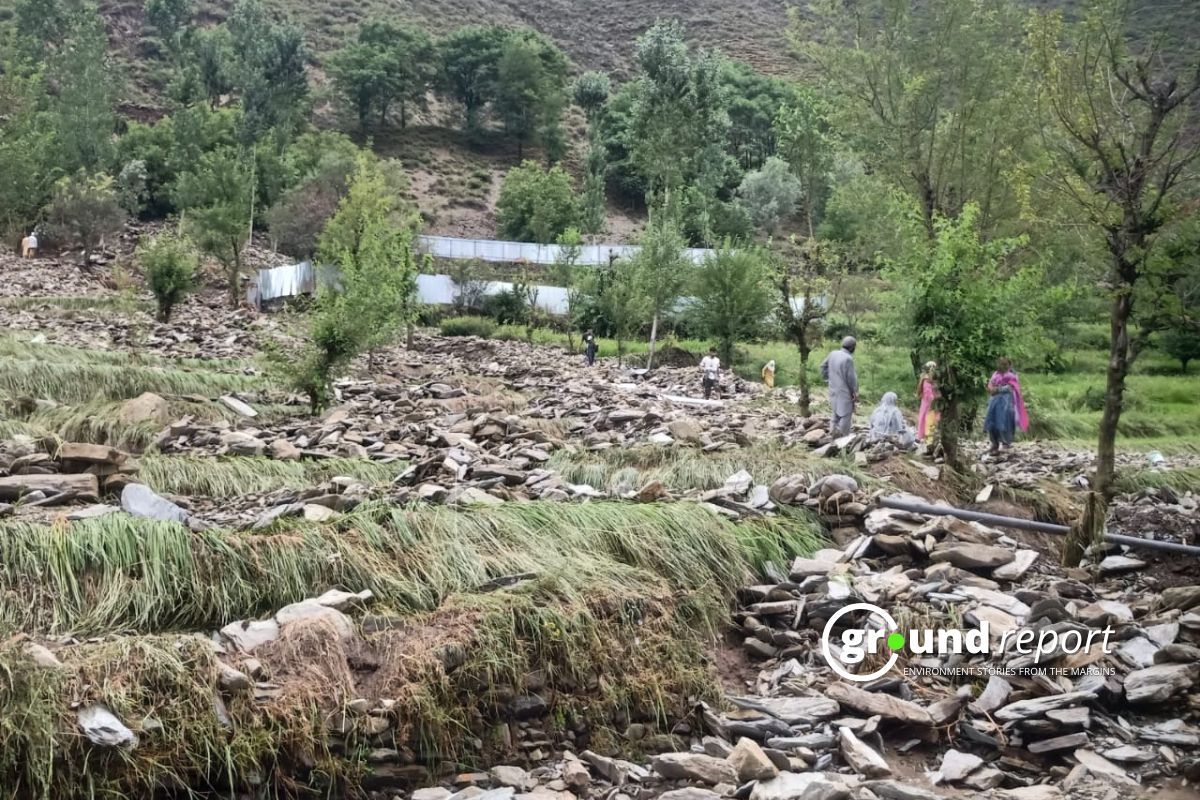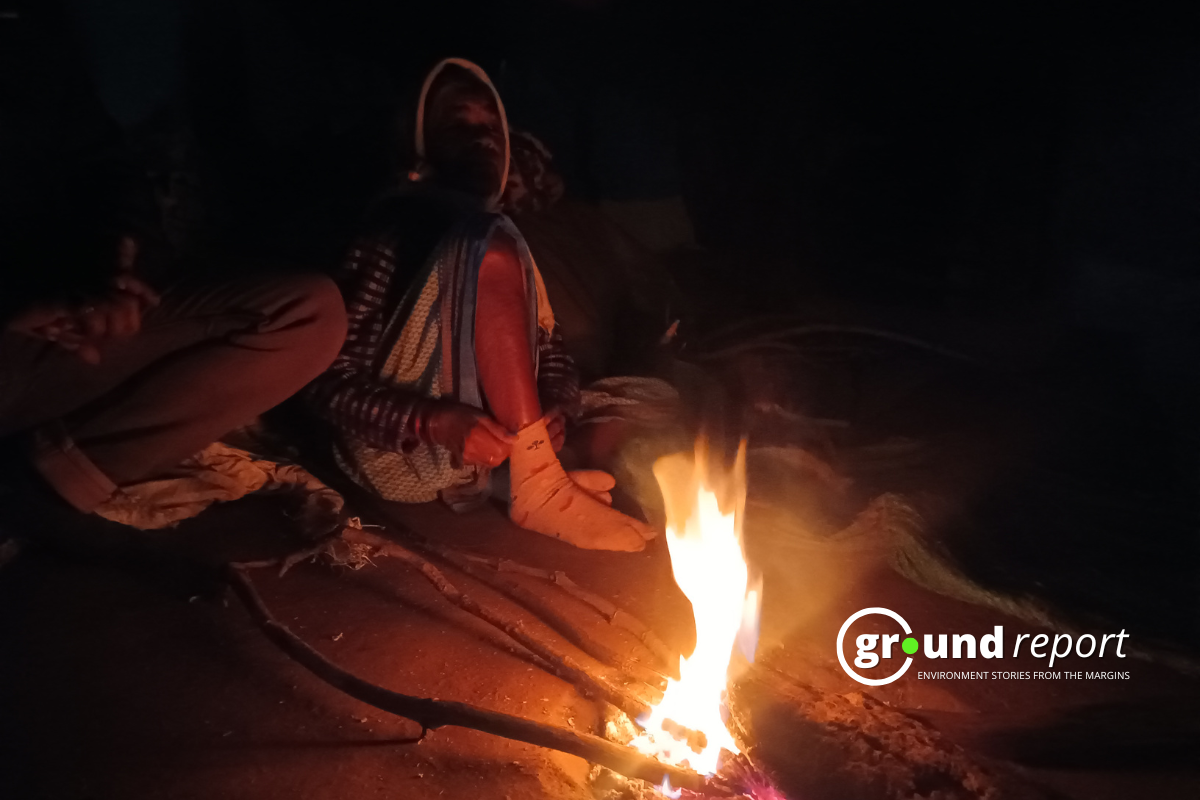Solukhumbu (Nepal) – In the second week of last May (2024), Arati Shinde was breathing fast and looking around with a sense of accomplishment on her face. “We are here to celebrate our 20th wedding anniversary,” Shinde said while holding her husband Arbind’s hand at the base camp of the world’s tallest mountain, Mt. Everest, aka Sagarmatha.


“I love nature and wanted to celebrate this milestone here, and finally, we made it,” she said, trying to collect all her emotions. “We came all the way from Pune, Maharashtra (India). We can’t express our feelings; it’s just wonderful,” Arbind said. He mentioned that being able to experience different weather and the beautiful forest of rhododendrons was the highlight of this trip. He added,
“We are taking all the memories, and these mountains have humbled us, for which we are thankful.”
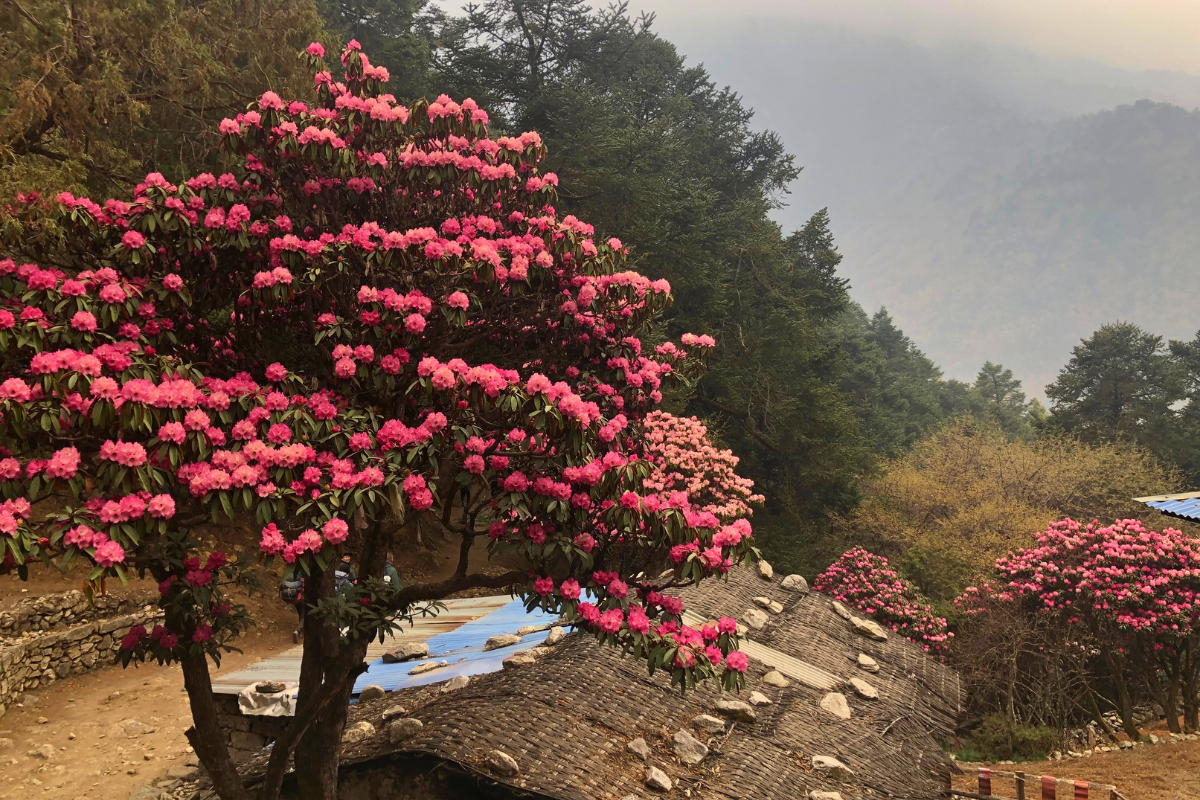
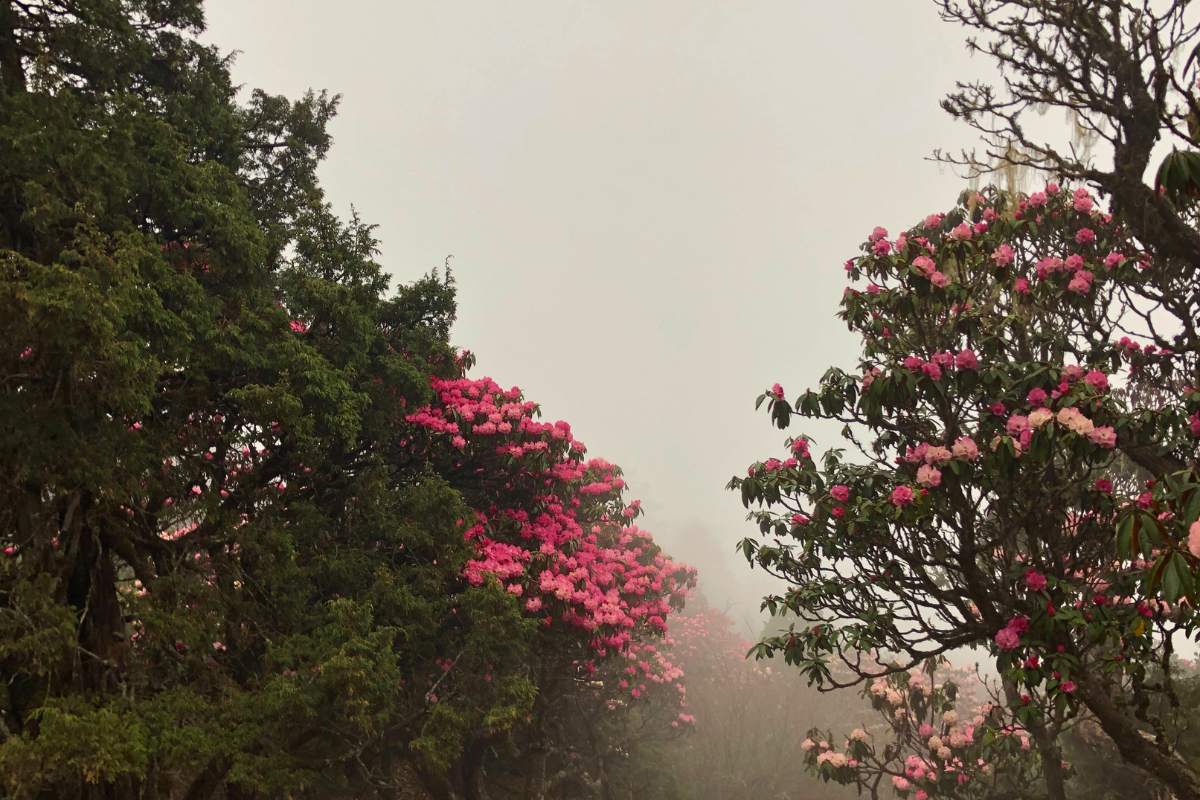
On the Everest Base Camp (EBC) trekking trail during the main season (spring), trekkers witness the blooming forest of rhododendrons from white to red to purple to pink from Khumjung to Thyangboche. According to different research, the impact of rising temperatures is evident on rhododendrons, and in many areas, they are blooming earlier than usual. But in the Everest region, trekkers like the Shinde couple are able to collect lifelong memories.
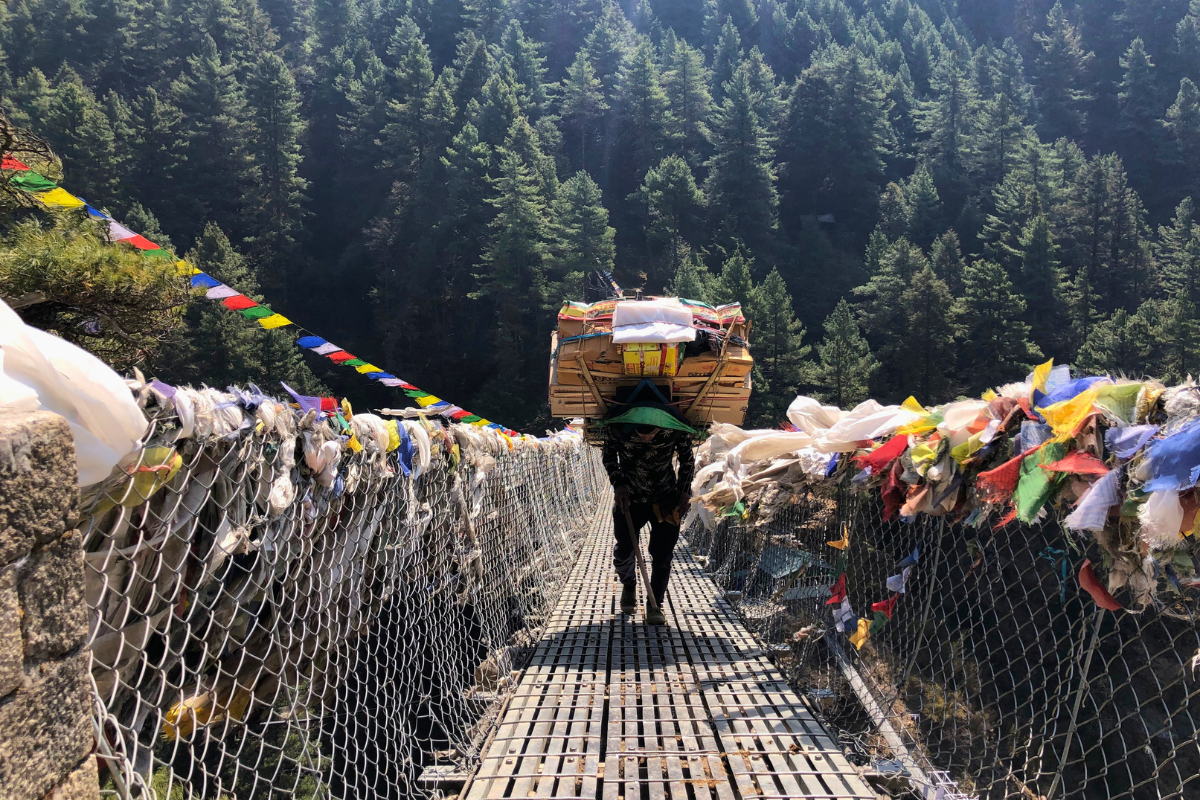

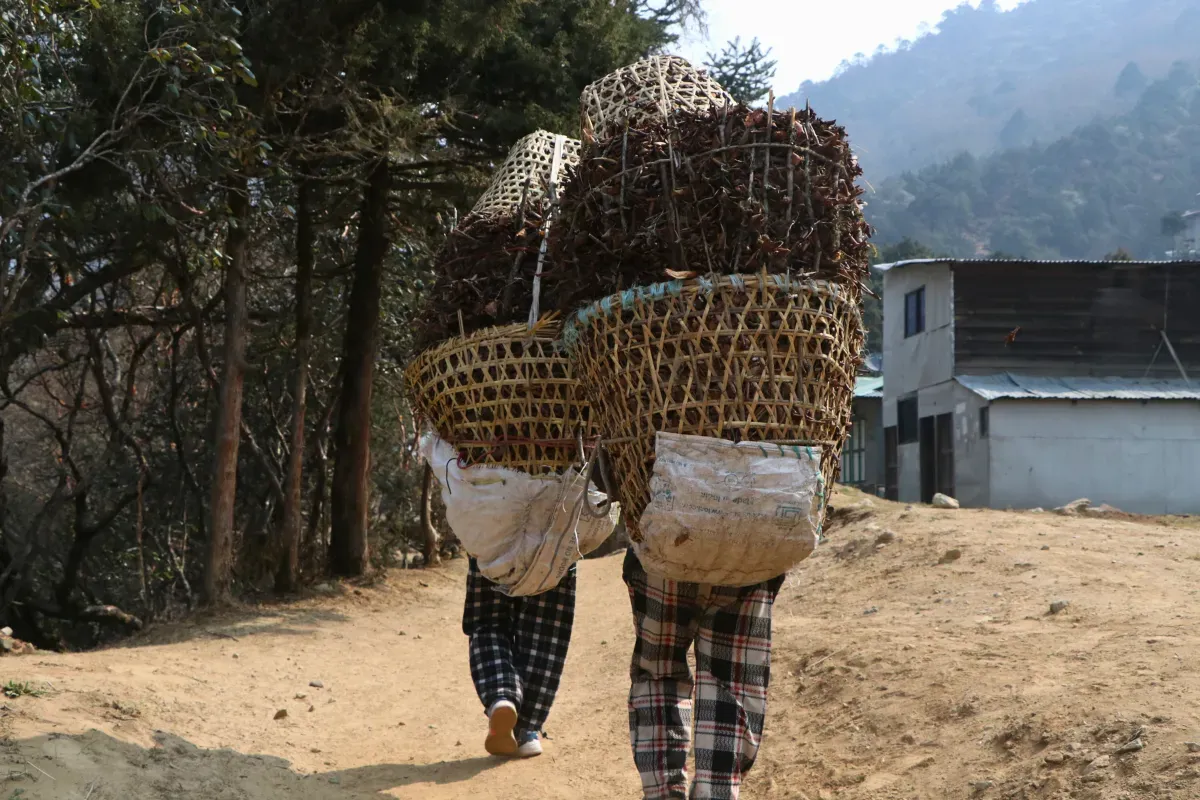
Love brought the Shinde couple to the EBC, whereas for Ashley Clarksy, it was life’s challenges that compelled him to come to the base of the world’s tallest mountain from the UK. He was resting on a stone at the base camp on May 10th afternoon, having snacks while observing people and nature around him.


“I joined the military at a very young age, at 17, left the army, and joined construction work. It was challenging and physically demanding too,”
Clarksy explained his reasoning for coming to the base of the mountain. “I always wanted to do Everest. It was challenging, like life’s challenges, but I made it here, and I’m feeling free.” He mentioned that the EBC trek helped him to respect people and nature more and that he wants to climb Everest one day.

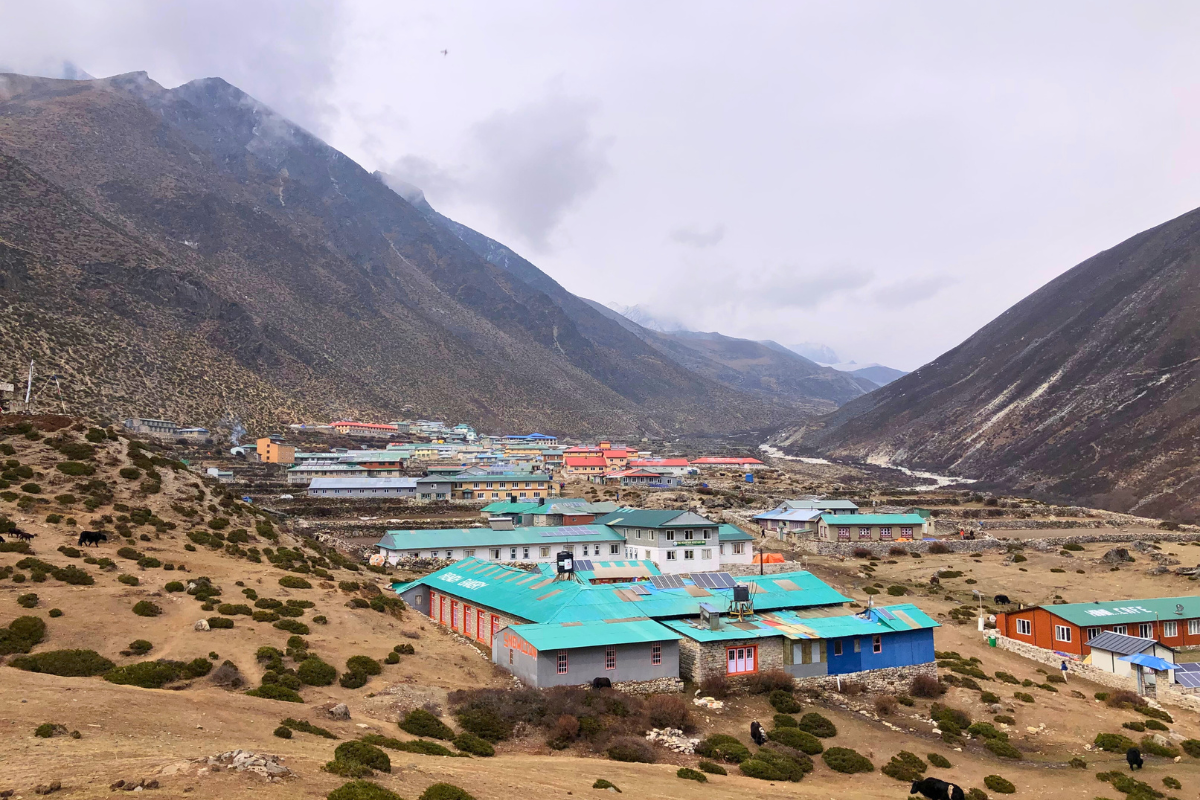
Everest Base Camp in the Khumbu region in the Solukhumbu district of Nepal is the gateway to the top of the world, and Clarksy was looking towards the peak, which was under the clouds that day.
Every year, more than 450 climbers from around the world get permits from the Nepal government to climb Mt. Everest, and this number is constantly growing. More than 50,000 people trek to the base camp every year to challenge themselves, to celebrate love, or to observe. The Khumbu Glacier welcomes all of them with open arms and provides shelter to climbers. But science says the Khumbu Glacier is retreating at a faster rate, and the growing number of visitors and climbers’ activities are acting like fuel to the destruction.

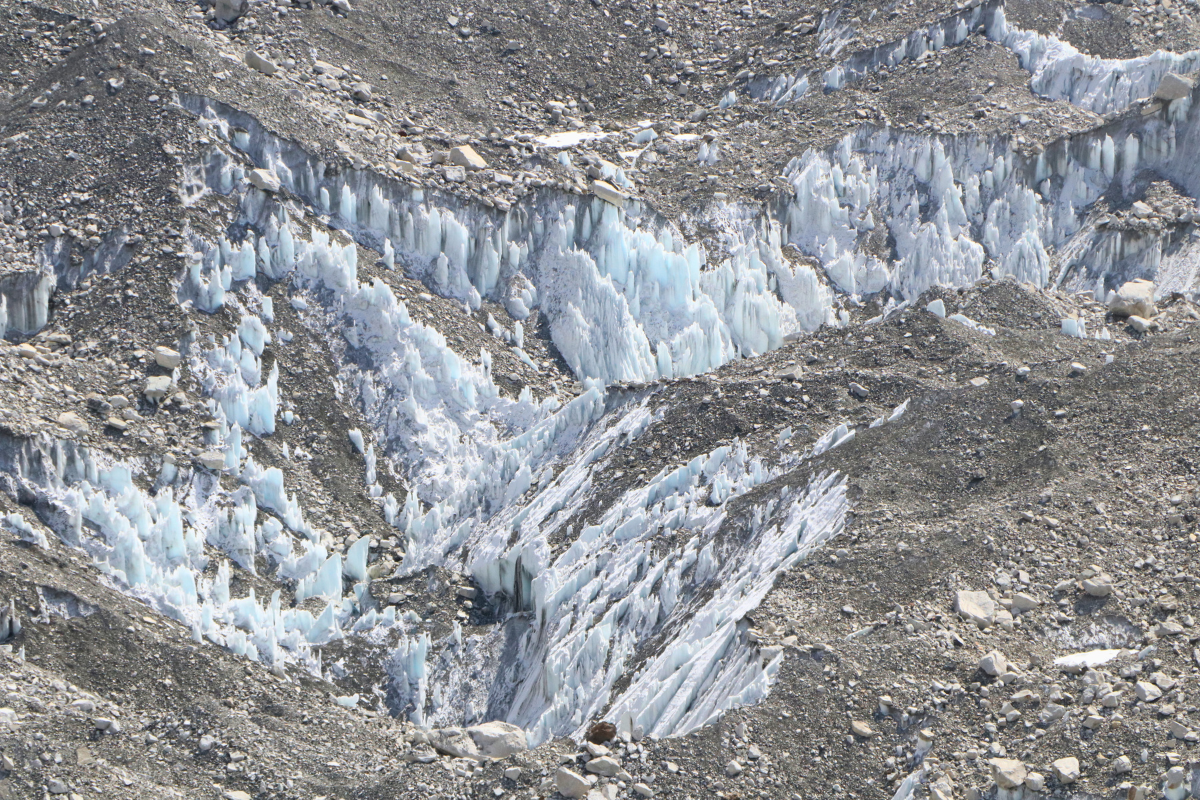
This is what Dr. Alex Balauta worries about the most. “It was a secret place for so many years, but now it has become very commercial and crowded,” Dr Balauta, who travelled from Austria, added. “Still, it’s a place we all want to visit.” He expressed concern regarding the possible impact of changing climate and overcrowding in the region and wished there would be appropriate intervention by the responsible authorities to protect the sanctity of the Everest region.
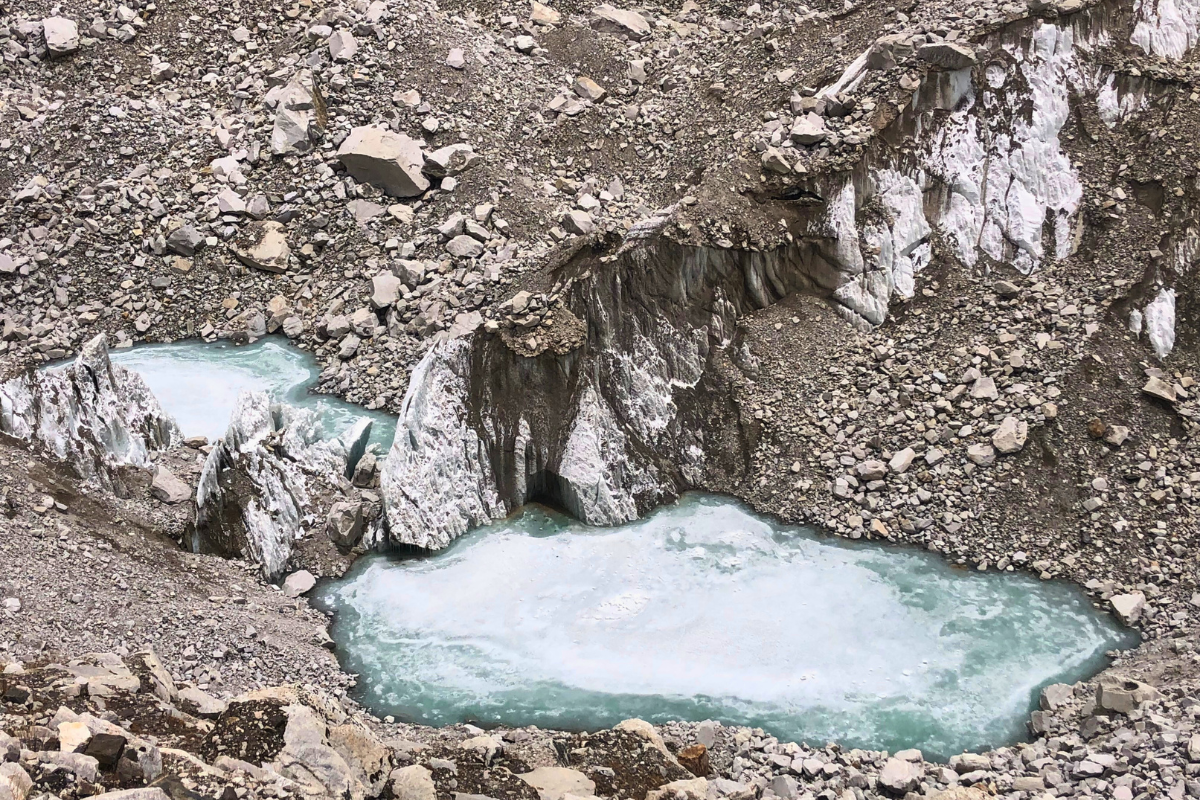
In recent years numbers of small glacial lakes have grown and the size of these lakes has expanded because of the faster rate of glacier retreat.
Issues Dr. Balauta raised are important and on top of that recent research is also concerning, a research paper published in the Nature in 2023 suggests that glaciers may melt even faster than expected, potentially contributing to sea-level rise at a quicker rate than previously thought. Another study, published in Nature Climate Change in 2020, analyzed more than 250 thousand satellite images, revealing a rapid growth of glacial lakes around the world over the last three decades, indicating the impact of increased meltwater draining from melting glaciers. These all point to possible danger in the mountain areas and demand dedicated action to protect mountains and its essence so that people can enjoy the mountain eco-system and trail for years to come.
Follow Ground Report on X, Instagram and Facebook for environmental and underreported stories from the margins. Give us feedback on our email id greport2018@gmail.com.
Don’t forget to Subscribe to our weekly newsletter, Join our community on WhatsApp, Follow our Youtube Channel for video stories.
Keep Reading
How Everest is turning into a garbage filled tourist destination?
From Jammu Kashmir to Everest and Ladakh, the risk of floods increases


